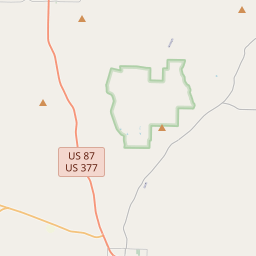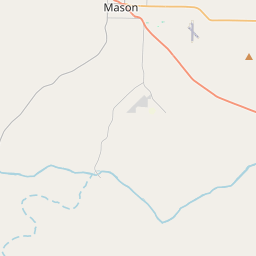First United Methodist Church of Comanche











The congregation has historic ties to the frontier town of Cora, the early seat of government for Comanche County. The Rev. J.W. Whipple, presiding elder, and local pastor the Rev. M.O. Coker, organized the church there in 1858. It relocated to Comanche soon after the government moved to the new town in 1859. Two years later, the county commissioners donated land for a congregational meeting site for the Methodists, as it did for other early churches in Comanche. The church later met in the Comanche College building but moved to new facilities at the current site in 1879. It added new buildings as membership grew steadily over the years.
Begun in the frontier days of the region, the church had a number of colorful early pastors. One was the Rev. Hugh M. Childress, known as the “Bear Hunter Preacher,” who carried guns. Early church programs included Ladies’ Aid, later the Women’s Missionary Society, and the Young People’s Society of Christian Endeavor, which became the Epworth League. Over the years, a number of nearby churches merged with First Methodist Church, including White Point, Indian Creek and Proctor. The spiritual strength of the Comanche Church is reflected in the number of its members who followed callings into the ministry.
First United Methodist Church of Comanche remains a vital institution in the city and county, long after its founding, providing leadership and outreach for the community it serves.
(2006)
As one of the most visible programs of the Texas Historical Commission (THC), historical markers commemorate diverse topics in Texas history, including: the history and architecture of houses, commercial and public buildings, religious congregations, and military sites; events that changed the course of local and state history; and individuals who have made lasting contributions to the state, community organizations, and businesses.
The city of Austin, the state capital, is known as the live music capital of the world. It is home to many music festivals, including South by Southwest (SXSW) and the Austin City Limits Music Festival.
In the early 19th century, European settlers began to explore and establish settlements in the area. In 1854, the Texas Legislature officially created Comanche County, named after the Comanche tribe. The county was initially part of the vast Erath County before being designated as an independent entity. The growth of Comanche County was primarily driven by agriculture and cattle ranching, with farmers and ranchers taking advantage of the fertile land and abundant natural resources.
The county experienced rapid development during the late 19th century with the arrival of the Texas Central Railroad in 1885. The railroad provided a crucial transportation link for the county, connecting it to larger cities and markets, which further stimulated economic growth. The population increased, and new towns, including Comanche, emerged along the railroad lines. These towns became centers for commerce, trade, and social activity.
Comanche County played a significant role in the development of Texas and the United States. It witnessed the impact of various historical events, such as the American Civil War, where many residents served in the Confederate Army. Over the years, Comanche County has evolved, adapting to changes in the agricultural, industrial, and technological sectors. Today, the county remains a vibrant community that celebrates its history while embracing modern advancements.
Comanche County Timeline
This timeline provides a concise overview of the key events in the history of Comanche County, Texas.
- 1854 - Comanche County is established
- 1858 - Official county government is organized
- 1861-1865 - Comanche County supports the Confederacy during the Civil War
- 1875 - The county's first post office is opened
- 1877 - Comanche County is hit by a major drought
- 1881 - The Texas Central Railway is completed, boosting the county's economy
- 1890 - The town of Comanche becomes the county seat
- 1908 - Comanche County's courthouse is constructed
- 1920s - The county experiences an oil boom that brings prosperity and growth
- 1940s - Comanche County contributes to the war effort during World War II
- 1960s-1970s - The county's population declines due to economic changes
- 2010 - Comanche County's population reaches its peak